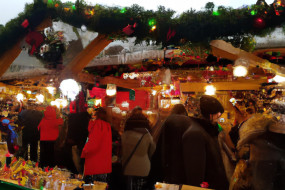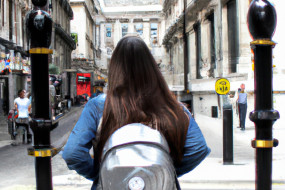
St. Patrick's Day is one of the most beloved and celebrated holidays in Ireland and other parts of the world. It's a day of honoring Saint Patrick, the patron saint of Ireland, and a time for Irish people everywhere to come together and celebrate their heritage.
The History of St. Patrick's Day
St. Patrick's Day has been celebrated for more than a thousand years in Ireland. It commemorates the death of Saint Patrick, who was a Christian missionary and the patron saint of Ireland. Saint Patrick is said to have used the three-leafed shamrock to explain the concept of the Holy Trinity to Irish pagans. The holiday first became official in Ireland in 1903, and it has been celebrated worldwide since the early 17th century.
How the Irish Celebrate St. Patrick's Day
In Ireland, St. Patrick's Day is a national holiday, and people typically attend Mass and participate in parades and other festivities. Many Irish people also wear the color green, which is associated with Ireland and Saint Patrick. In other parts of the world, St. Patrick's Day is celebrated with parades, parties, and other events that pay homage to Irish culture and heritage.
Traditional St. Patrick's Day Foods
St. Patrick's Day is a day for feasting, and traditional Irish foods are often served, including corned beef and cabbage, Irish soda bread, and potatoes. Many people also enjoy drinking green beer or Irish whiskey on this day. It's a time to indulge in favorite foods and drinks and celebrate the rich culinary traditions of Ireland.
The Significance of St. Patrick's Day Today
St. Patrick's Day has become much more than just a religious holiday. It's a time for Irish people everywhere to celebrate their culture and heritage, and for people of all backgrounds to come together and enjoy Irish hospitality and traditions. Whether you're attending a parade, enjoying traditional Irish foods, or simply wearing green, St. Patrick's Day is a day for celebrating Irish culture and the spirit of camaraderie it brings.
















